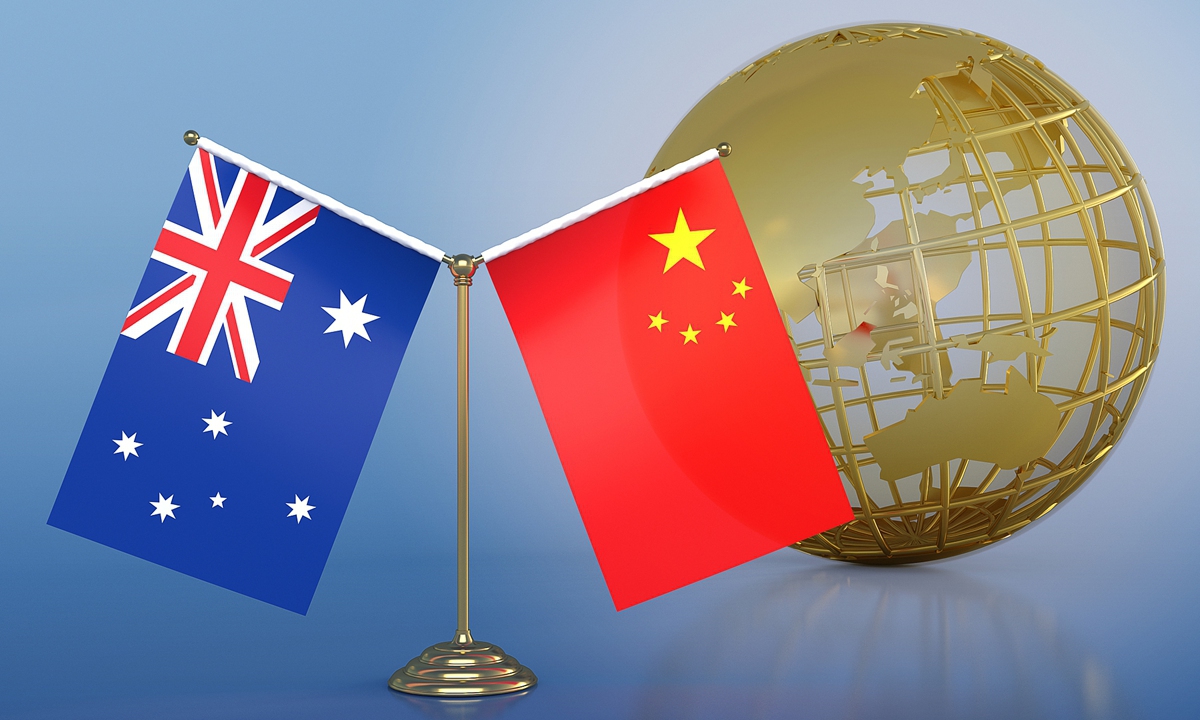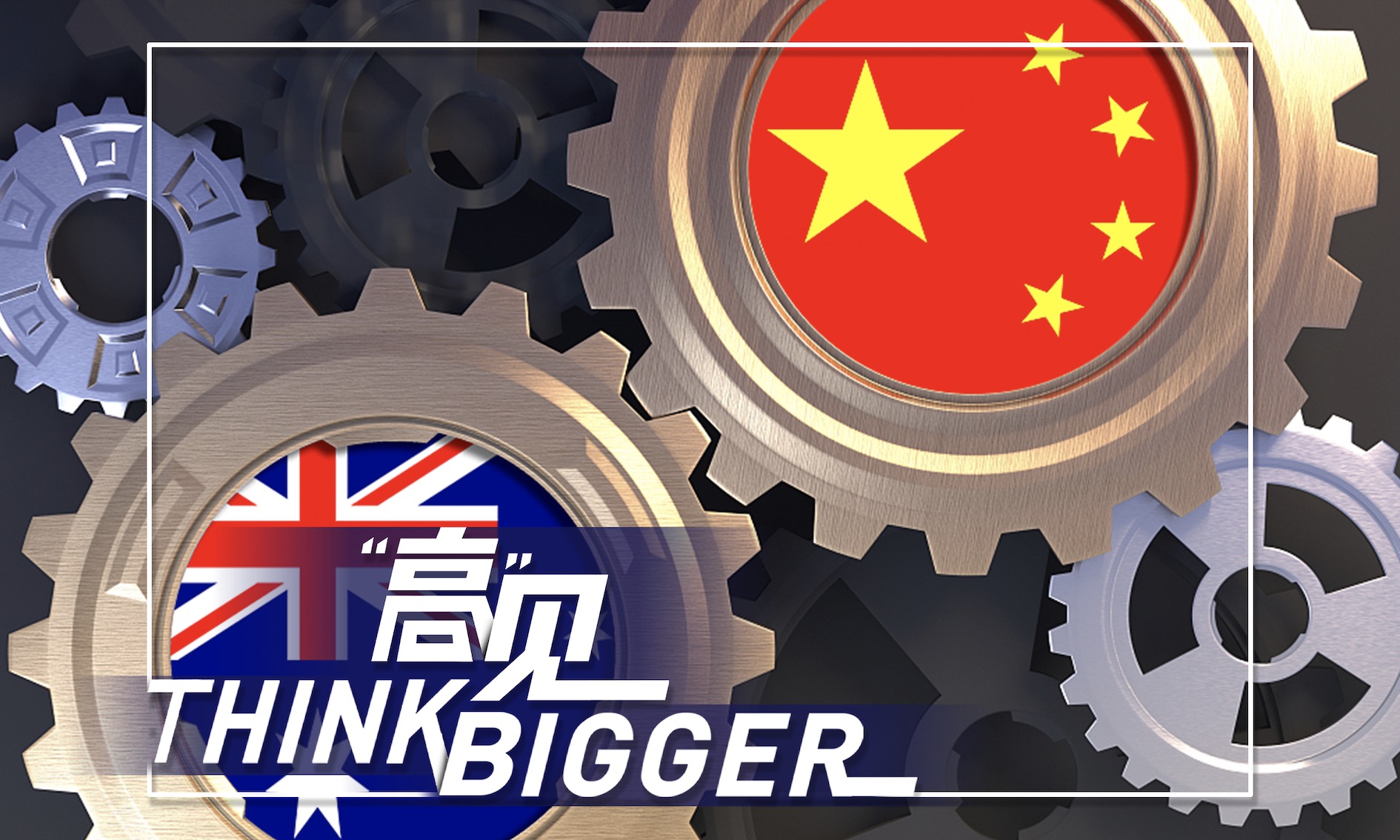
China Australia Photo: CFP
The upcoming visit by Australian Prime Minister Anthony Albanese to China will further strengthen bilateral economic ties, paving the way for improved trade ties and opening doors for businesses on both sides, Vaughn Barber, chairperson of the China-Australia Chamber of Commerce (Austcham China), told the Global Times.
"We hope that this visit will lead to more opportunities and clarity for Australian businesses looking to expand or consolidate their presence in the Chinese market. We also look forward to announcements about cooperation in climate change and the journey to net zero," Barber said in a recent interview.
Albanese will visit China from November 4 to 7, during which he will meet with the country' s top leader in Beijing and attend the China International Import Expo held in Shanghai.
It will be the first visit to China by an Australian prime minister in seven years, and it comes at a moment when bilateral ties are improving and warming up.
"I look forward to visiting China, an important step toward ensuring a stable and productive relationship," Albanese said on October 22.
Barber expressed optimism about the recovery of trade in the coming months.
China's recent decision to remove duties on Australian barley is a positive development, which paves the way for Australian barley exporters to re-enter the Chinese market, benefiting both Australian producers and Chinese consumers, he said.
China's Ministry of Commerce (MOFCOM) imposed a 73.6 percent anti-dumping duty and a 6.9 percent countervailing duty on imported barley originating from Australia for a five-year period in May 2020.
"We are looking forward to similar positive outcomes for other trade impediments affecting Australian exports, such as the tariffs affecting Australian wine. The Australian wine industry is eager to return to serve the Chinese market while continuing to serve the markets that were developed while the tariffs have been in place," Barber said.
On the same day that Albanese confirmed his visit to China, the MOFCOM announced that Beijing had reached an agreement with Canberra on a "proper resolution" of trade disputes over wine and wind towers, after similar announcements were made by Australia.
It signifies the potential for smoother trade relations and provides hope for the many businesses that have been affected.
"We believe that open dialogue and mutual understanding are keys to resolving trade challenges, and this consensus is a step in the right direction," Barber said.
In 2021, China imposed anti-dumping duties ranging from 116.2 percent to 218.4 percent on imported Australian wine. The tariffs are valid for five years.
Barber said that bilateral trade and economic cooperation have huge potential, given the two economies' complementarities.
China is Australia's largest two-way trading partner in goods and services, accounting for nearly one-third of the latter's trade with the world, official data showed. China is a prime market for many Australian goods including coal, iron ore and wine.
In 2022, bilateral trade reached $220.91 billion, down 3.9 percent year-on-year, according to China's General Administration of Customs.
"We expect that China will only become more important as Australia's trading partner of choice as the complementarities between the economies keep growing," Barber said.
While Australia offers abundant resources crucial for renewable technologies and pioneering research into sustainable practices, China brings manufacturing scale, technological expertise and a vast market. Collaborative efforts can accelerate the global transition to a net-zero future, he noted.
Despite challenges for doing business in China such as geopolitical factors and increased competition, he suggested that foreign firms seize business opportunities in the vast market and enhance their abilities to operate at "China speed," which means being agile and responsive in what is a fast-changing and highly competitive business environment.




